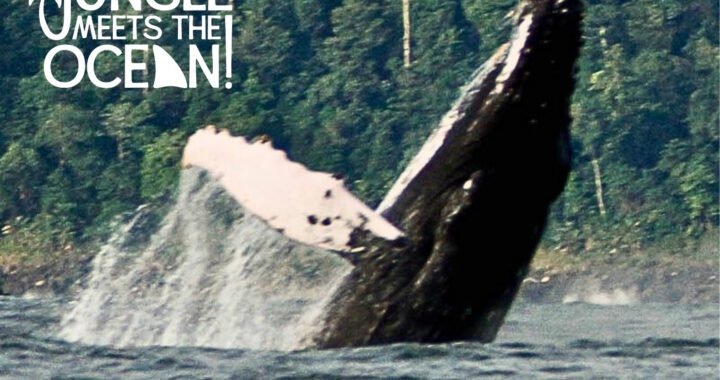FLYING MAMMALS ~ Biodiversity Among Bats
~ by Jack Ewing
As a kid growing up in Colorado I remember catching glimpses of dark forms darting back and forth across the summer sky. “Those are bats,” commented my dad. “They eat insects.”
Many years later, living at Hacienda Barú, we noticed that something was eating papaya and bananas from our fruit basket during the night. I thought it was rats, but a neighbor told us it was bats.
In Costa Ballena we have a great diversity of bat species with many different food preferences.
Some of them do eat insects, but others eat things like fruit, nectar, blood, fish, and frogs. One species, the false vampire bat (Vampyrum spectrum), is carnivorous and eats small rodents, birds, and other bats. In 1989 three German chiropterologists (bat specialists) came to Hacienda Barú to study the species of the southern Pacific region. Bats they captured in mist nets were weighed, measured, photographed, and released.
On the second night they captured a large fishing species called the bulldog bat. Otto, the head biologist, demonstrated the broad wing span.
I asked him if we were likely to catch anything bigger.
“There is one,” he replied. “But it has only been found in two locations in the country. I hope to see one someday.” The following night they captured a Vampyrum spectrum, the largest bat in the Americas.
Otto believed that the false vampire was attracted to the distress calls of several smaller bats caught in a net and came to eat them. It weighed almost 200 grams and had a wing span of slightly less than a meter.
Several of the smallest bats captured during their visit weighed less than 5 grams. During recent years biologists from the University of Costa Rica and faraway places like Spain, Germany, Colombia, and USA have come to Hacienda Barú and carried out studies of these fascinating flying mammals.
INFO: Jack Ewing – Hacienda Barú















